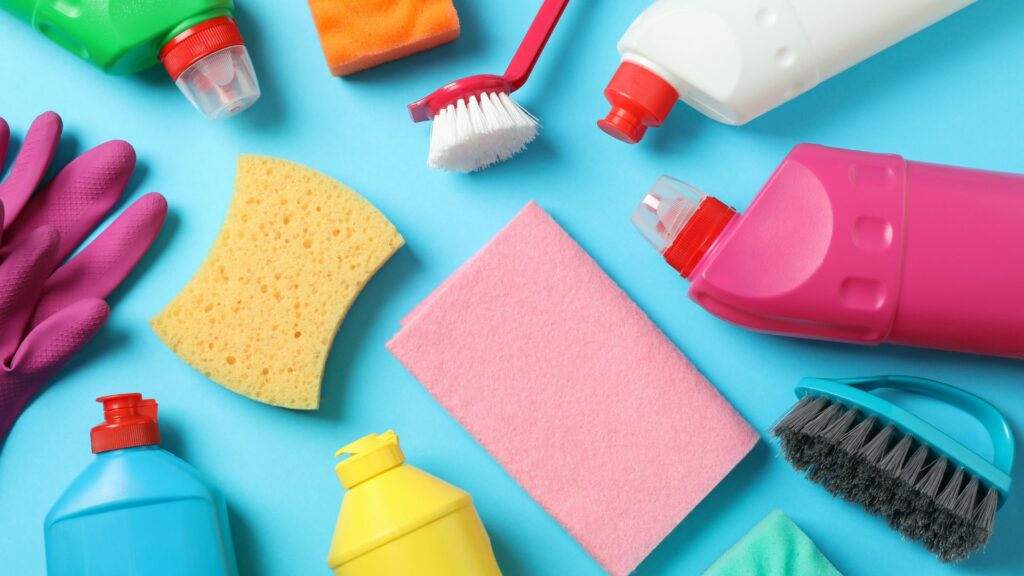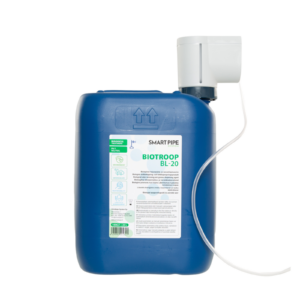In recent years, we have seen the marketing of various purified and activated waters becoming more common as cleaning agents through different technologies. This was also a central topic at the Interclean Amsterdam 2024 trade fair. Most solutions claim that cleaning can experience a revolution in the future and the use of cleaning chemicals could be avoided completely in the future.
The latest offering involves adding bacteria to purified water and claiming that they form a chemical-free cleaning solution. This has been seen from several companies, which creates a good story from a marketing communication perspective.
Some have chosen to appeal to emotions, arguing that “unnecessary chemicals are produced without knowing their effects on the environment and health”. This would have been true in the past, but not anymore. The raw material suppliers and formulators know exactly what they are doing, and every ingredient is tested very carefully. There is also a lot of information available from the European Chemicals Agency (ECHA). Bacterial strains can be found widely in the BacDive database, the world’s largest database of standardized bacterial data.
In practice, lighter surface cleaning can be done with water and a microfiber cloth, but in most cases, removing stains, organic build-up and biofilm requires some type of surfactant rather than just scrubbing. Using only water means a lot of scrubbing and massaging, which is not always good for sensitive surfaces. This is the basic principle of cleaning chemistry – the facts of physics and chemistry and the basic cleaning methods of hundreds of different surface materials cannot be bypassed with just a microfiber cloth and water. The same applies to steam cleaners and hypochlorous acid or ozone generators. Most have come across product solutions marketed as miracle machines that claim to produce cleaning agents with just a pinch of table salt. The microfiber cloth market is complex, and most manufacturers claim to be better than the other. In reality, most microfibers are produced in China and other markets such as Malaysia and Thailand, so there is very little difference in the final product. However, there are companies that have advanced the development of fibers and are able to build “natural QR codes” into fibers, bringing a whole new era to the market. Importing traditional products from China and rebranding them offers nothing new.

Many manufacturers have introduced advanced probiotic cleaning products that combine the use of traditional detergent and bacteria. Everyone claims to be better than others. To understand the use of bacteria, it is important to know how different types of microbes work. Some bacteria can help reduce the use of chemicals, but they will only eat dirt if they can use it as food – and even that takes time. The problem with all bacterial products is that they need time to clean, deodorize, or dispose of waste. Utilizing the right type of bacteria in the right conditions is effective, but the wrong formulation negatively affects the entire process. The choice of bacteria is essential to the functionality of the solution in cleaning.
It is really important to understand the basics of the chemicals used in cleaning and to optimize their use. The correct dosage and selection are still the most important things, although reducing unnecessary products can be considered a supporting idea.
SmartPipe’s strategy is to focus on the very narrow segment of microbial solutions and green chemistry, offering customers the latest research results. Many companies that sell bacterial products rely on end customers not having deep microbiological knowledge and sell them anything – because bacterial technology sounds like a very attractive option. However, sometimes the products are not suitable for the intended use, and a low bacterial count indicates that they do not form spores or that the products do not last long.

SmartPipe’s BioTroop BL-20 contains carefully selected, natural bacteria that are safe for both the pipeline and the environment. The solution intended for degreasing and deodorizing pipes and drains is made in Finland. The product is in continuous use in hundreds of properties in Finland and abroad, but also on cruise ships.
For a green chemistry solution, always choose a supplier that, in addition to research and long-term experience, offers a greater diversity, selection and balance of bacteria, all related to the performance and safety of the final product. Why would you settle for less?
